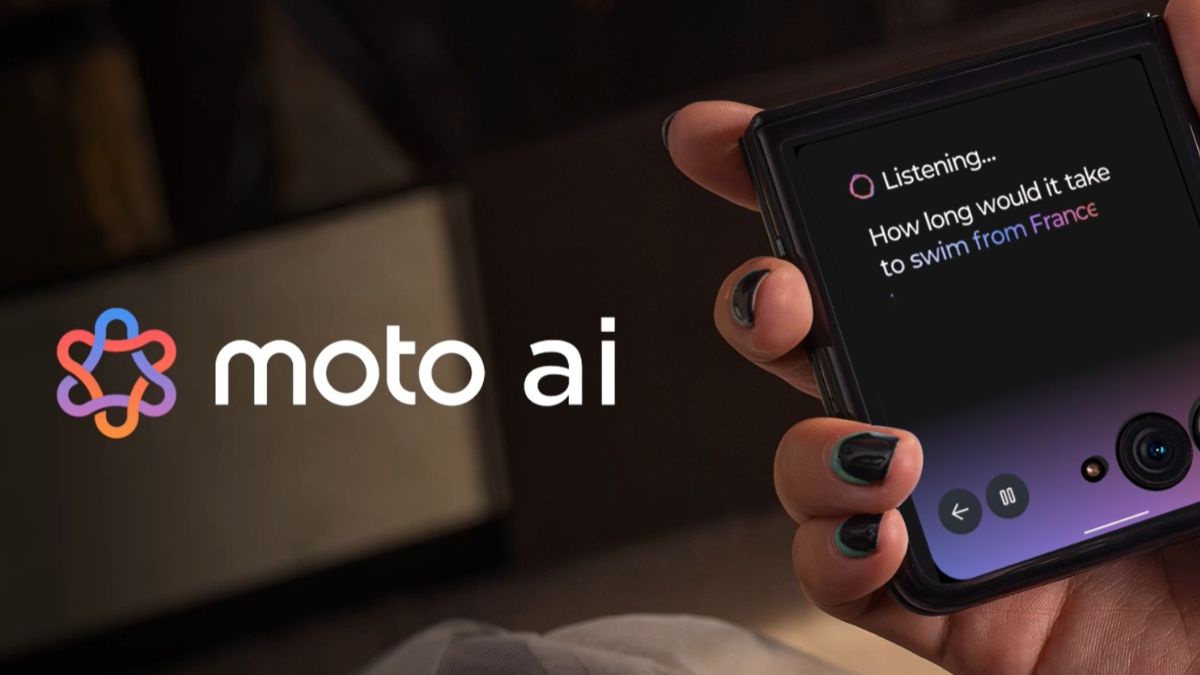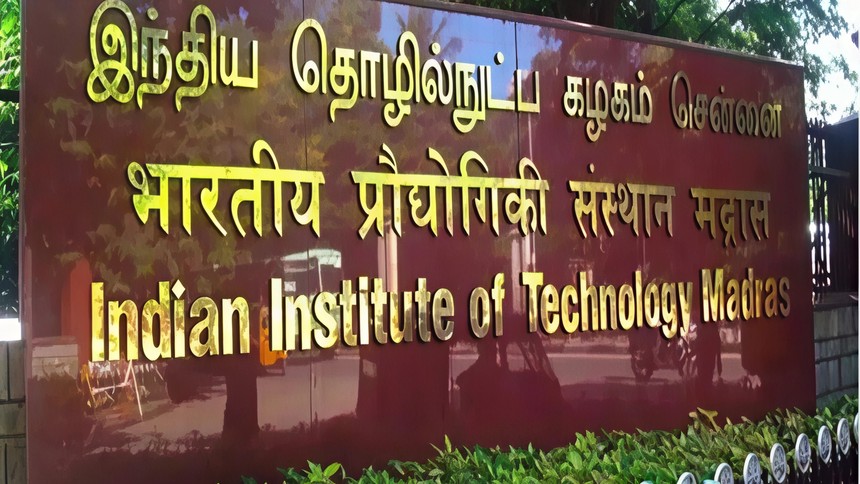Motorola is stepping up its artificial intelligence game in a big way. In a new announcement, the company revealed that it will now offer Microsoft’s Copilot Vision as part of its Moto AI suite on select smartphones. This move signals a major leap forward in how AI can integrate into everyday phone usage, making Motorola one of the first smartphone brands to collaborate this deeply with Microsoft on Copilot technology.

This rollout will apply to select Motorola Razr and Motorola Edge series phones in key markets including the United States, India, and a few other regions. With this partnership, Microsoft’s Copilot Vision becomes a built-in feature of Moto AI and will also come preinstalled on Motorola’s upcoming devices, allowing users to tap into next-level AI capabilities right out of the box.
So, what makes Copilot Vision so unique? Unlike traditional AI tools that rely only on text or voice, Copilot Vision can use the smartphone’s camera to visually understand the environment around you. This means you can point your camera at an object, a place, or even a printed document, and ask the AI questions related to what it sees. Whether you're curious about a landmark, trying to read and translate signs while traveling, or identifying a product or barcode, Copilot Vision allows for truly contextual interaction with the real world.
The feature also supports real-time two-way voice communication, so you can talk to your device hands-free. This makes it an ideal assistant for multitaskers, travelers, students, or anyone who wants a more natural and fluid way to interact with their phone.
Importantly, Copilot Vision is not stored or processed on the device itself. It requires an active internet connection, either through Wi-Fi or mobile data, and you’ll need to log into a Copilot account. Because Microsoft operates the system, its privacy policies and terms will apply. However, Motorola has added a clear privacy safeguard by making the feature opt-in. Your phone’s camera and microphone will remain inactive unless you choose to activate them. There is also a trial mode that allows users to try out Copilot Vision before signing in or creating an account.
This new feature directly takes on Google’s Gemini Live, which is currently the default AI voice assistant for most Android phones. While Gemini already offers powerful features, including screen-sharing and voice guidance, Motorola and Microsoft are hoping Copilot Vision can differentiate itself through deeper visual interaction and a more intuitive voice experience.

It’s also worth noting that this partnership is not a one-off move. The collaboration builds on a broader relationship between Motorola’s parent company Lenovo and Microsoft. By integrating Copilot into the core Moto AI suite and shipping it with new devices, Motorola is signaling a long-term investment in AI-powered mobile experiences.
This shift may change how users think about their daily phone usage. Instead of asking your AI assistant simple calendar or music questions, Copilot Vision aims to be your real-time visual guide, a translator, a research assistant, and a navigation tool all rolled into one. For many, this could mark the beginning of the next generation of smartphone intelligence.
With AI rapidly transforming the smartphone landscape, Motorola’s move is both timely and strategic. It brings powerful capabilities to consumers in a simple, accessible way, while also pushing the company into a more competitive space alongside Google and Samsung.
To stay updated with the latest smartphone innovations, future AI partnerships, and major tech upgrades, follow Tech Moves on Instagram and Facebook.














